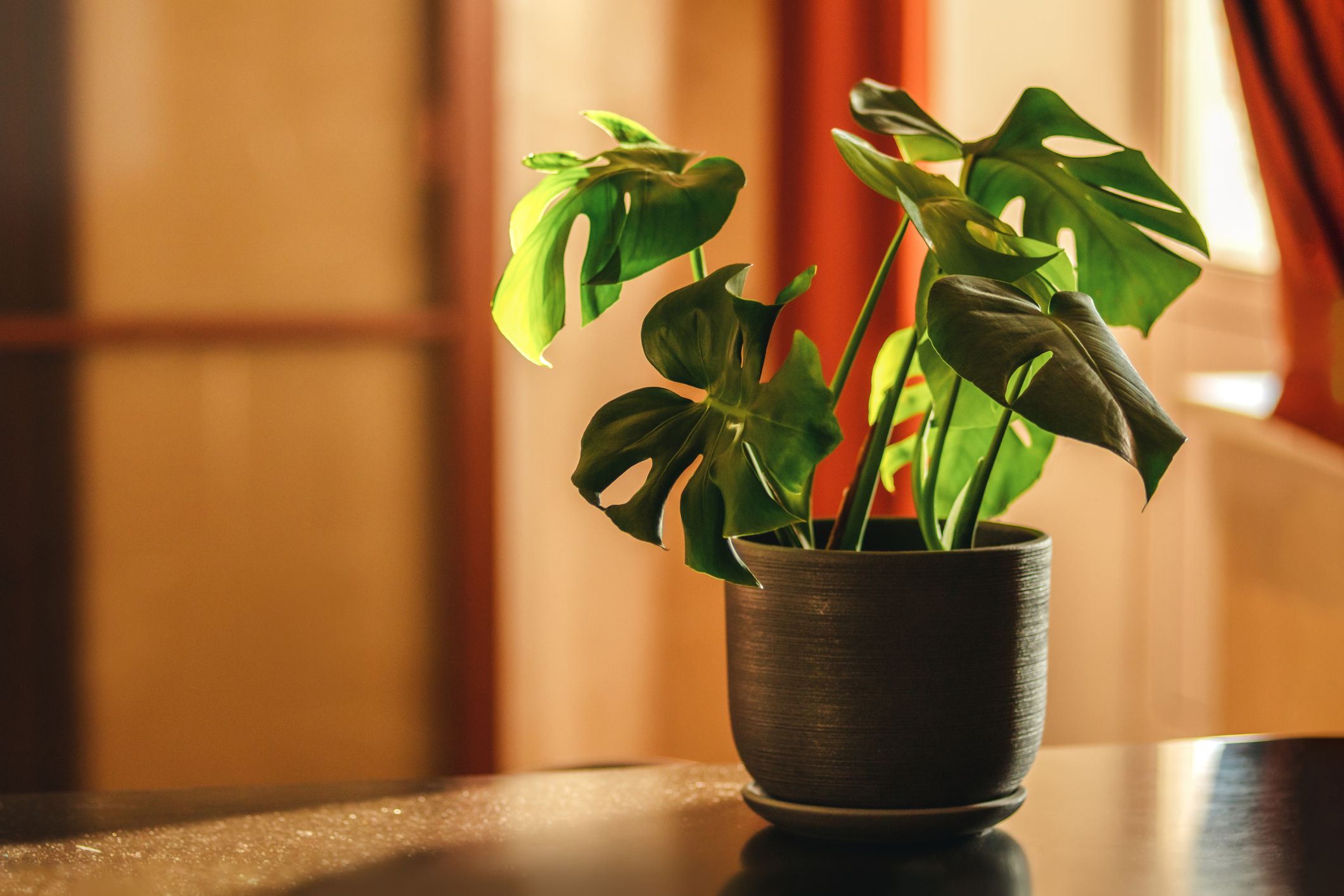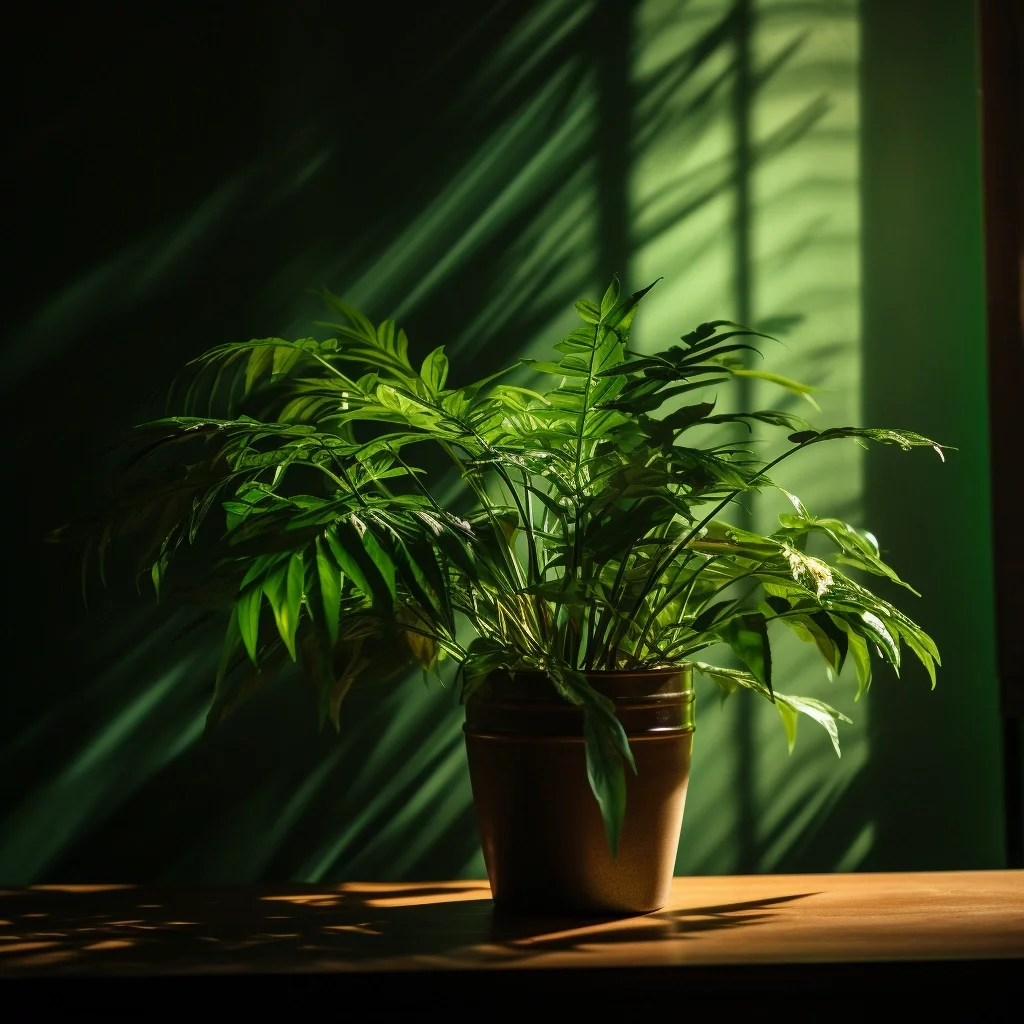The Best Low-Light Indoor Plants to Improve Your Home’s Air Quality
The Best Low-Light Indoor Plants to Improve Your Home’s Air Quality
Blog Article
Discover the Tricks of Low-Light Indoor Plants and How They Improve Your Environment
Low-light interior plants have actually gathered enhancing attention for their special capacity to enhance both aesthetic charm and ecological high quality within offices and homes. These resistant types, including the Snake Plant and Peace Lily, not only grow in challenging lights conditions yet additionally play a crucial duty in air filtration and psychological health.
Advantages of Low-Light Indoor Plants
Although many individuals assume that indoor plants need abundant sunlight to prosper, low-light indoor plants use a wide range of advantages that make them excellent for different settings. Among the primary advantages is their flexibility; they can prosper precede with restricted all-natural light, such as workplaces, cellars, or rooms with little home windows. This attribute enables individuals to enhance their surroundings with greenery, adding to enhanced aesthetic appeals without the demand for considerable illumination alterations.
Moreover, low-light indoor plants can dramatically boost indoor air high quality by launching and filtering hazardous toxins oxygen, making living rooms healthier. The presence of plants has been connected to greater sensations of tranquility and focus.
In addition, low-light plants commonly require less maintenance than their sun-loving equivalents, making them suitable for busy individuals or those new to horticulture. Their resilience enables them to love marginal intervention, hence offering a gratifying experience for plant enthusiasts and newbies alike. In summary, low-light interior plants offer both aesthetic and practical functions, making them useful additions to any type of room.
Top Low-Light Plant Ranges
Low-light interior plants been available in a selection of species, each offering special characteristics and benefits fit for dark environments. Amongst the most prominent selections is the Snake Plant (Sansevieria), understood for its air-purifying capabilities and building fallen leaves. This resistant plant flourishes on disregard and can endure a variety of light problems.
Another superb option is the ZZ Plant (Zamioculcas zamiifolia), which includes glossy, dark environment-friendly fallen leaves and is extremely drought-tolerant. Its adaptability makes it a favorite for workplaces and homes with limited sunlight.
The Pothos (Epipremnum aureum) is additionally a top challenger, with its trailing vines and heart-shaped leaves - Best low-light indoor plants. This functional plant can be trained to climb or cascade, including aesthetic interest to any type of area

Treatment Tips for Low-Light Plants
Caring for low-light interior plants requires a nuanced understanding of their specific demands to guarantee optimal development and vitality. It is vital to select the ideal potting mix, as a well-draining soil is critical to stop root rot. A blend made for houseplants, commonly including peat moss and perlite, functions well for most low-light selections.
Watering is another vital aspect of treatment. Low-light plants generally need less regular watering contrasted to their sun-loving equivalents. It is a good idea to check the top inch of soil; if it really feels dry, it's time to water. Overwatering can lead to difficulties such as mold and mildew and root decay.
Fertilizing should be come close to with caution. During the expanding period, a diluted liquid fertilizer can be applied monthly, yet in cold weather, many low-light plants go into inactivity and need little to no fertilizing.
Last but not least, it is necessary to regularly cleanse the fallen leaves to remove dirt, enabling much better light absorption. By sticking to these care ideas, you can cultivate a flourishing environment for your low-light interior plants, enhancing both their look and durability.
Enhancing Air Top Quality With Plants
Indoor plants play a significant role in improving air quality within homes and workplace rooms. Through the procedure of photosynthesis, these plants take in co2 and launch oxygen, adding to a much healthier ambience. Furthermore, particular low-light interior plants have the capacity to filter hazardous contaminants, such as formaldehyde, benzene, and trichloroethylene, which are frequently discovered in indoor environments.

Moreover, the existence of indoor plants can boost humidity levels, which aids ease dry skin and respiratory concerns, even more improving overall well-being. This capacity to boost air top quality not just advertises physical health but also sustains psychological health.
Including low-light indoor plants right into your living and functioning rooms can result in a much more stimulating and vivid setting (Best low-light indoor plants). Spending in these natural air cleansers is a basic yet reliable method for enhancing indoor air high quality and fostering a much healthier lifestyle
Producing a Peaceful Indoor Area
The integration of plants into living rooms not just boosts air high quality however likewise adds to a relaxing atmosphere. Low-light indoor plants, such as serpent plants and pothos, are particularly efficient in producing a tranquil setting, as they grow in problems that might or else be unwelcoming for other plant. Their rich foliage offers a soothing aesthetic, decreasing tension and promoting relaxation.
Incorporating these plants right into your home or workplace can evoke a sense of peace and health. Strategically putting them in areas where you spend substantial time, such as living areas or work spaces, enables an immersive experience with nature, which has been revealed to boost mood and cognitive feature.
Furthermore, the that site gentle activity of leaves in feedback to air flow can create a dynamic aesthetic component that boosts the general atmosphere. Think about using a variety of plant elevations and appearances to add depth and passion to your room. With thoughtful placement and care, low-light interior plants can change any type of area into a serene sanctuary, promoting not only aesthetic satisfaction but also emotional and psychological health.

Final Thought
Incorporating low-light interior plants right into numerous settings yields substantial advantages, consisting of enhanced air quality and enhanced visual appeal. The transformative power of low-light plants highlights their value in enhancing both domestic and Go Here job-related settings.
Although numerous individuals presume that indoor plants require bountiful sunlight to grow, low-light indoor plants supply a wide variety of benefits that make them perfect for numerous atmospheres.Moreover, low-light indoor plants can dramatically improve interior air high quality by filtering system damaging toxins and releasing oxygen, making living areas healthier. In addition, certain low-light indoor plants have the ability to filter damaging toxins, such as trichloroethylene, formaldehyde, and benzene, which are typically discovered in interior settings.
Low-light interior plants, such as serpent plants and pothos, are particularly effective in producing a tranquil setting, as they grow in problems that might otherwise be inhospitable for various other plant.Including view low-light indoor plants into different atmospheres returns substantial advantages, consisting of boosted air top quality and boosted visual appeal.
Report this page